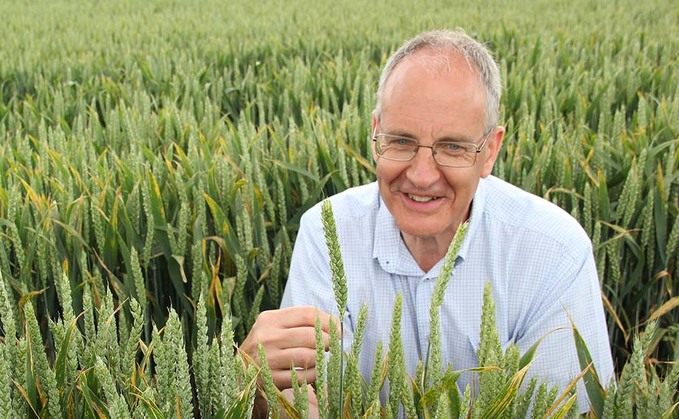
The important role that micronutrients play in nitrogen use efficiency has been highlighted by a grain ‘post-mortem' that enables growers to identify areas for future improvement in their crop nutrition...

The important role that micronutrients play in nitrogen use efficiency has been highlighted by a grain ‘post-mortem' that enables growers to identify areas for future improvement in their crop nutrition...
BNG National Habitat Bank Creation & Unit
Commercial Secured Bridging Loans for Business